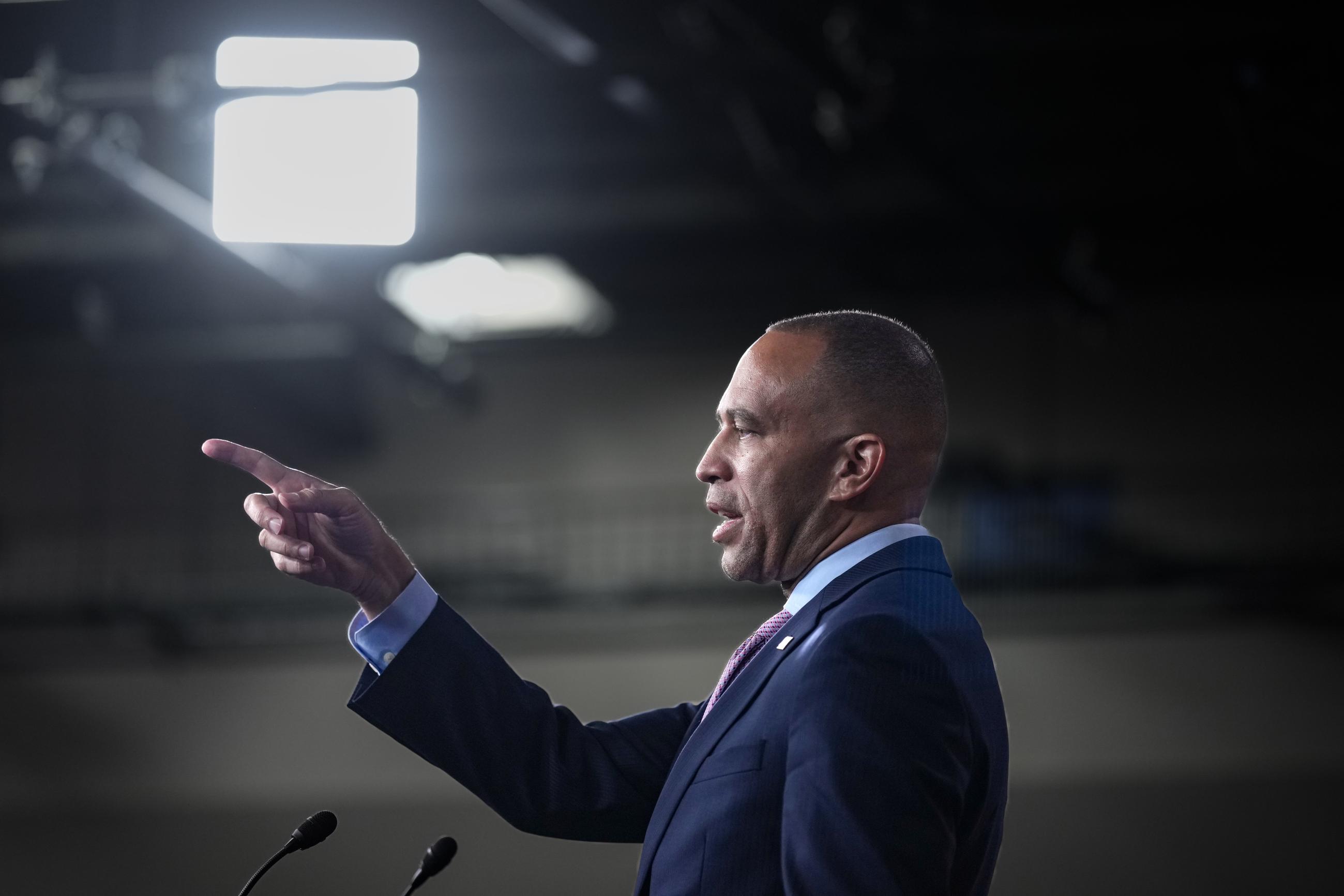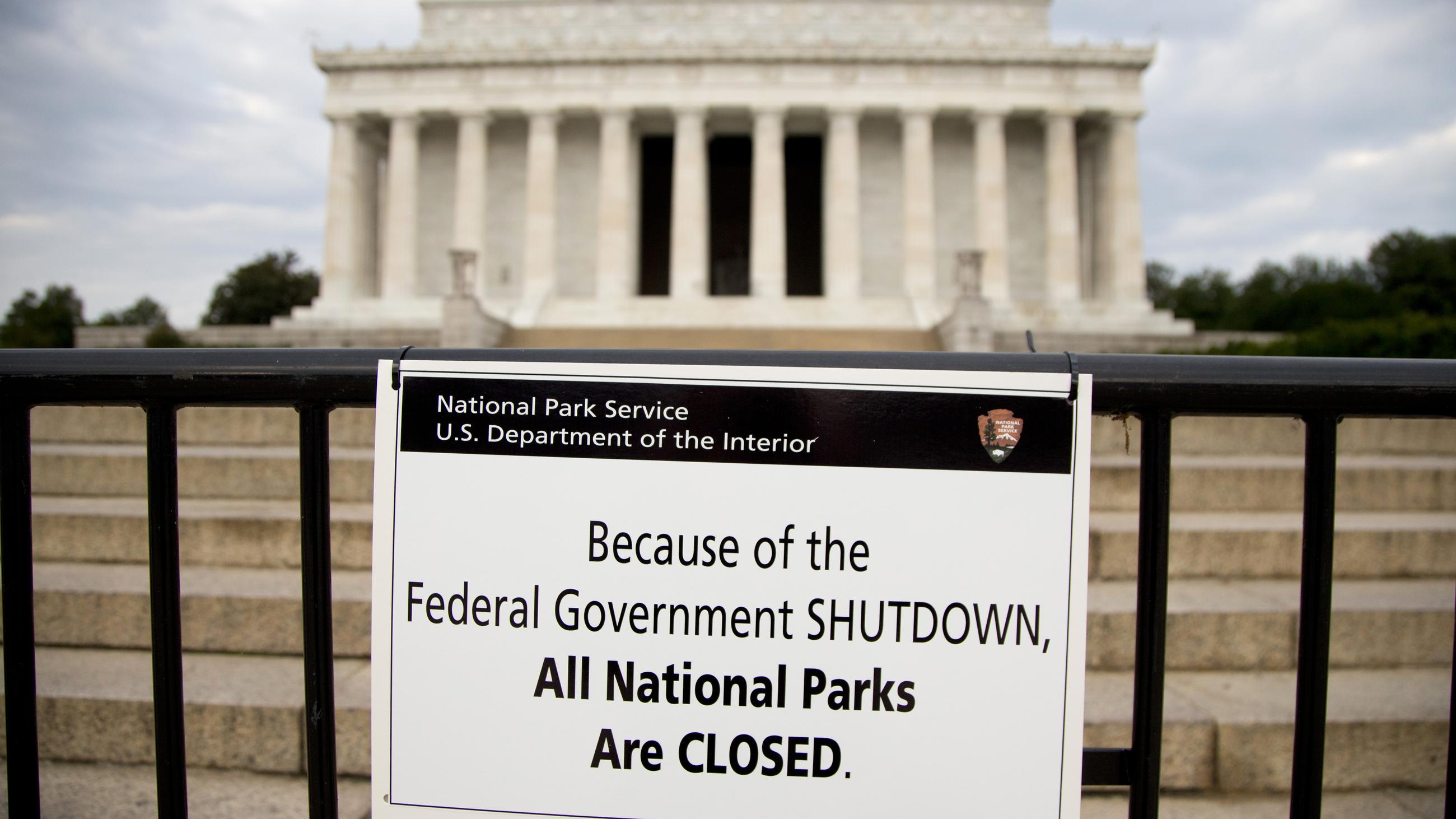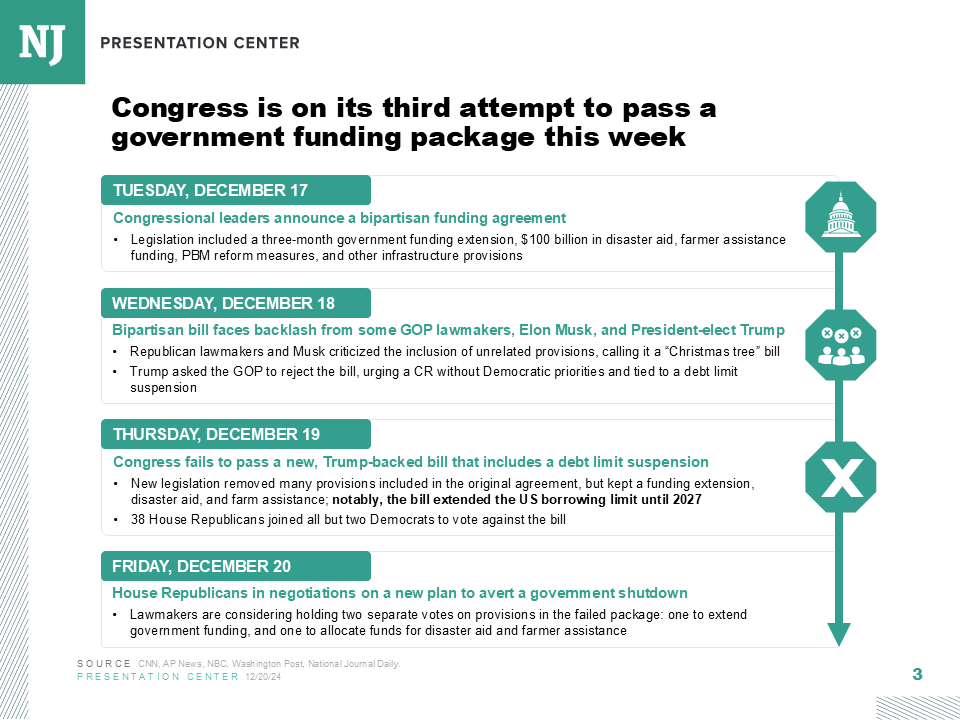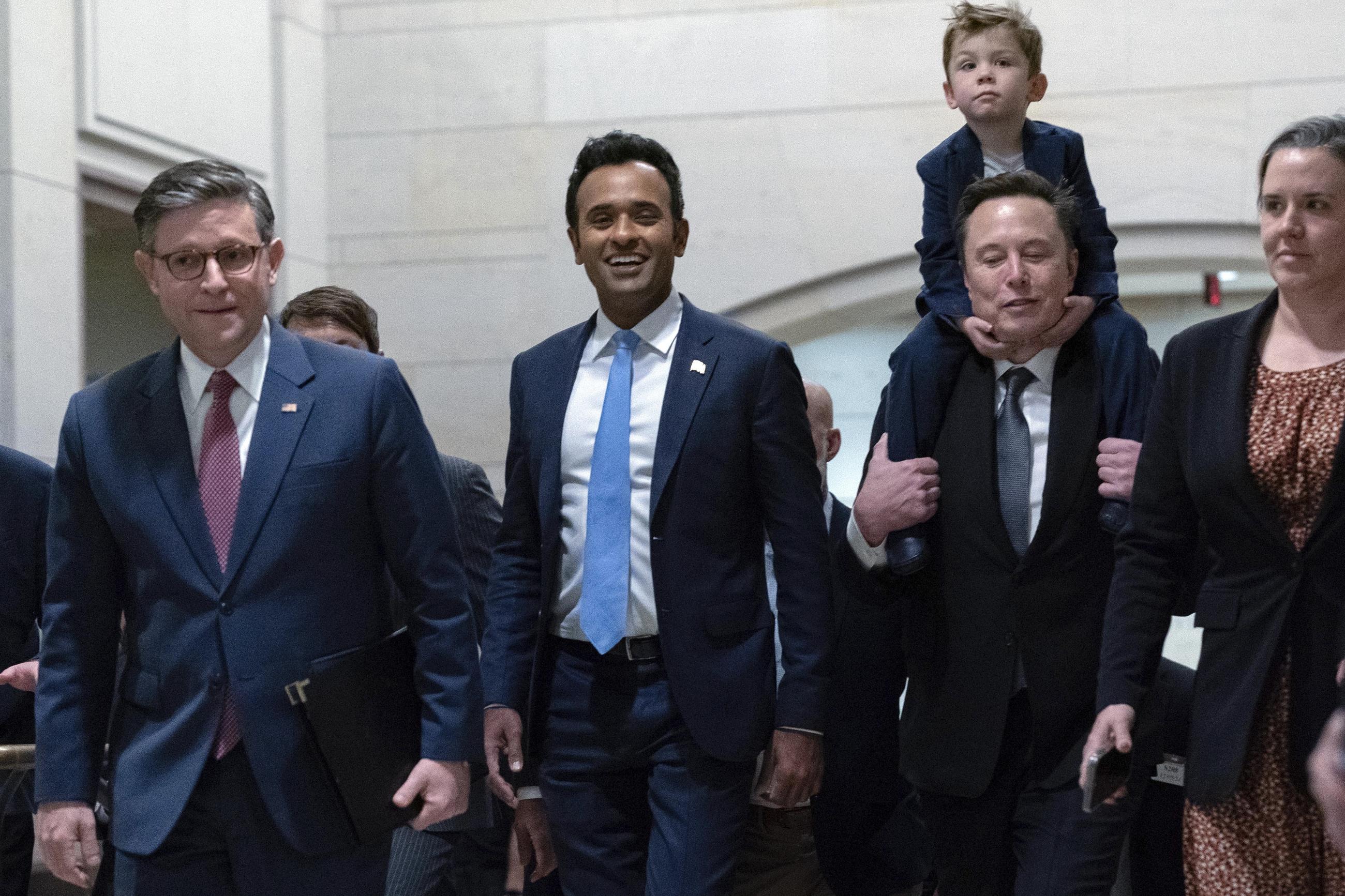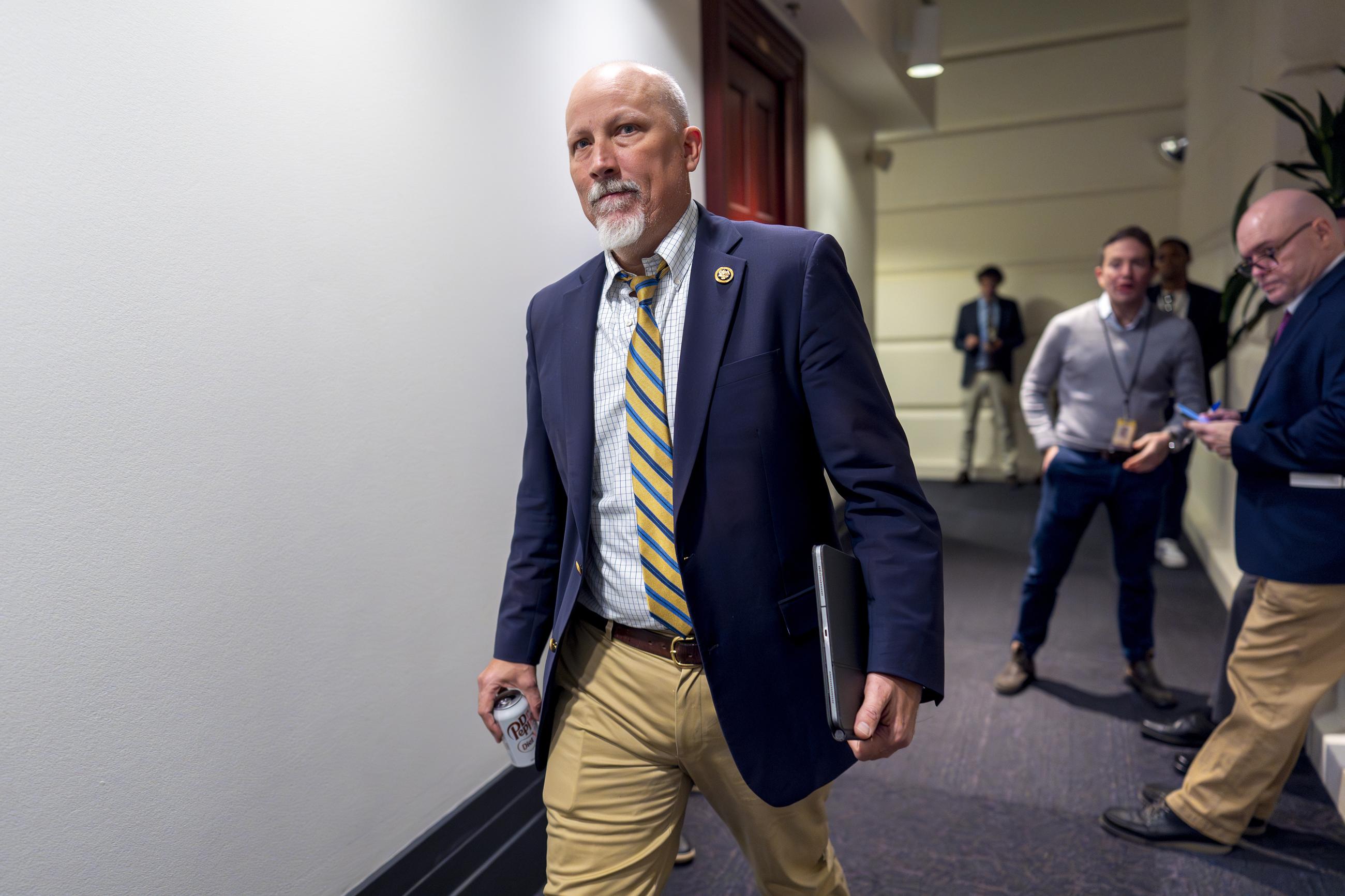The shutdown stakes rose higher Thursday, as congressional Democrats blasted an Office of Management and Budget memorandum calling for massive layoffs in the event government funding lapses Sept. 30.
“We will not be intimidated by [OMB Director] Russ Vought, who is completely and totally out of control,” House Minority Leader Hakeem Jeffries told reporters Thursday. “The OMB has been illegally shutting down parts of the government throughout the entire year.”
Released Wednesday and first reported by Politico, the memo instructs agencies to consider using the shutdown as “an opportunity to consider reduction in force (RIF) notices for employees working in areas affected by the shutdown” and whose programs “are not consistent with the president’s priorities.”
The memo, provided to National Journal by OMB, continues: “RIF notices will be in addition to any furlough notices provided due to the lapse in appropriation. RIF notices should be issued to all employees working on the relevant [programs, projects, or activities], regardless of whether the employee is excepted or furloughed during the lapse in appropriations.”
OMB’s announcement ratchets up the heat in the ongoing fight over government funding. With just five days to go until a shutdown, congressional Democrats, Republicans, and the White House remain at an impasse. The memo confirms what some Democrats have worried would happen in any shutdown battle with the White House, with the administration using the lapse in funding and subsequent furloughs as justification for additional sweeping layoffs of the federal workforce.
“America deserves so much better than a petty wannabe tyrant,” Senate Appropriations Committee Vice Chair Patty Murray said in a statement. “President Trump will try to abuse a shutdown—just like he’s trampled our laws for months—but that doesn’t mean he gets whatever he wants as a result.”
House and Senate Democratic leaders were supposed to meet with President Trump this week, but the White House nixed those plans on Tuesday, leaving little communication between the two camps as of now. In the House, Speaker Mike Johnson canceled the chamber’s work through next Monday and Tuesday, leaving the Senate no choice but to take up the stop-gap spending bill the House passed last week or trigger a shutdown.
OMB’s suggestion that agencies permanently cut positions during a shutdown echoes the concerns Senate Minority Leader Chuck Schumer detailed when he backed down from a shutdown fight in March and joined Republicans in voting for a stopgap funding bill.
“Under a shutdown, the executive branch has sole power to determine what is ‘essential,’ and they can determine without any court supervision,” Schumer said on NBC’s Meet the Press during that fight. “The courts have ruled it’s solely up to the executive what to shut down.”
Schumer predicted the Trump administration could keep the government shut down for months, forcing mass layoffs or prompting furloughed federal employees to simply find new jobs.
“I thought that would be so devastating to the republic and anger so many people [if] we actually went forward with a shutdown,” Schumer said then in explaining his choice. “It was a vote of principle.”
But Schumer says now is the time for a fight with Republicans over funding.
“The situation is a lot different now than it was then,” Schumer said on CNN’s State of the Union Sunday, citing an environment driven by the Trump administration’s unpopular tariffs, the White House’s use of rescissions to cut already-approved spending, and Democratic unity on the funding fight.
Democrats have called for an extension of certain Affordable Care Act tax breaks in exchange for their vote to keep the government open. On Thursday, Schumer described the OMB memo as an “attempt at intimidation,” saying any firings would be overturned in the courts.
Under a shutdown, the executive branch has broad authority over which agencies and departments close their doors and which stay open. When the prospect of a shutdown loomed in March, OMB revoked the Biden-era guidance on shutdown procedures.
The administration updated its budget preparation document in August. The new document, Circular No. A-11, seeks to diminish the role of the Government Accountability Office, Congress’s nonpartisan investigative and auditing arm. In past shutdowns, GAO has issued decisions on what agency activities are permissible under the Antideficiency Act, the statute that prevents federal agencies from spending money Congress has not appropriated to them. The new document makes those opinions nonbinding, increasing the administration’s power to determine which parts of the federal government stay open and which are shuttered.
The updated document also removes sustainability and climate sections, so agencies no longer must take those factors into account when determining what duties are essential in a shutdown.
During a shutdown, OMB has broad powers to decide who is an “essential employee” and which employees are furloughed. Typically, large areas of the federal workforce are deemed essential and remain open. But if a shutdown happens now, agencies may have a hard time determining who gets sent home, according to Rachel Snyderman, managing director of economic policy at the Bipartisan Policy Center.
“It is difficult at this time to say what could happen, other than those decisions as to who shows up and who does not are made by agency general counsels in close coordination with the Office of Management and Budget to ensure that agencies do not run afoul of the Antideficiency Act,” Snyderman said.
That’s because many federal agencies have not posted updated contingency plans in the event of a funding lapse, she said. Those documents lay out which employees will be furloughed and who must still show up for work. Under federal guidance, agencies must update their shutdown contingency plans at least every two years.
“Those plans have been removed from the Office of Management and Budget’s website,” Snyderman said. “And to my knowledge and research, I have not seen any plans that have been updated since before the passage of the full-year [continuing resolution] back in March.”
In the OMB memo, the office says some agencies have turned in their contingency plans—“but not all”—and directs the remaining agencies to file their funding-lapse plans as soon as possible.

